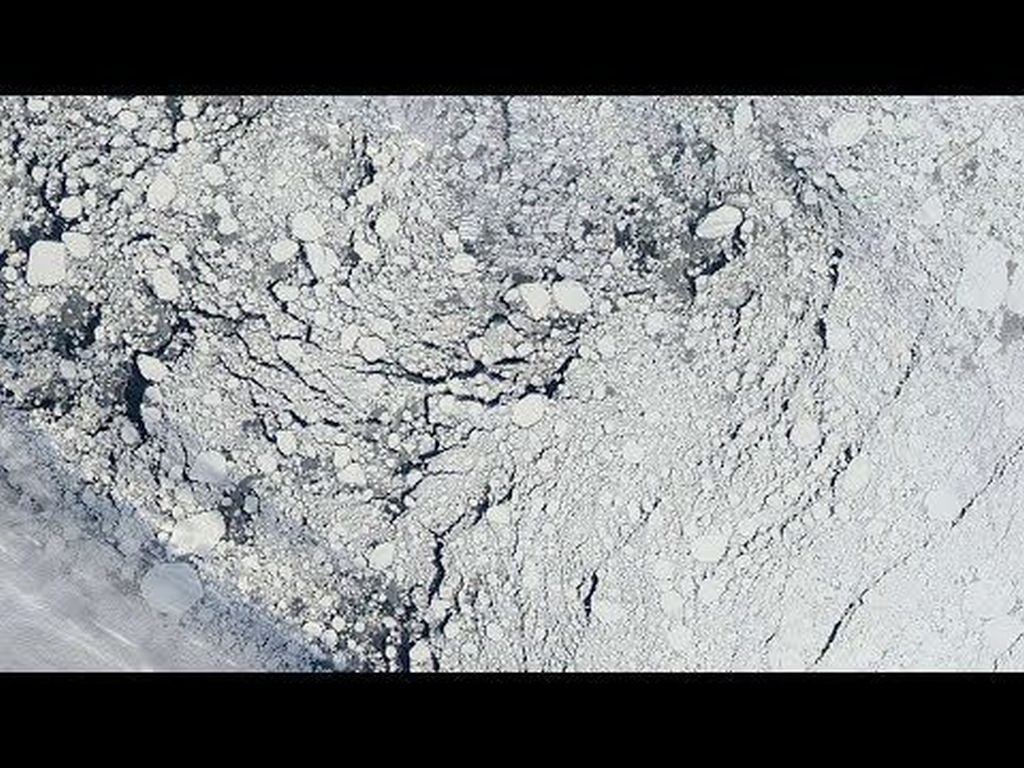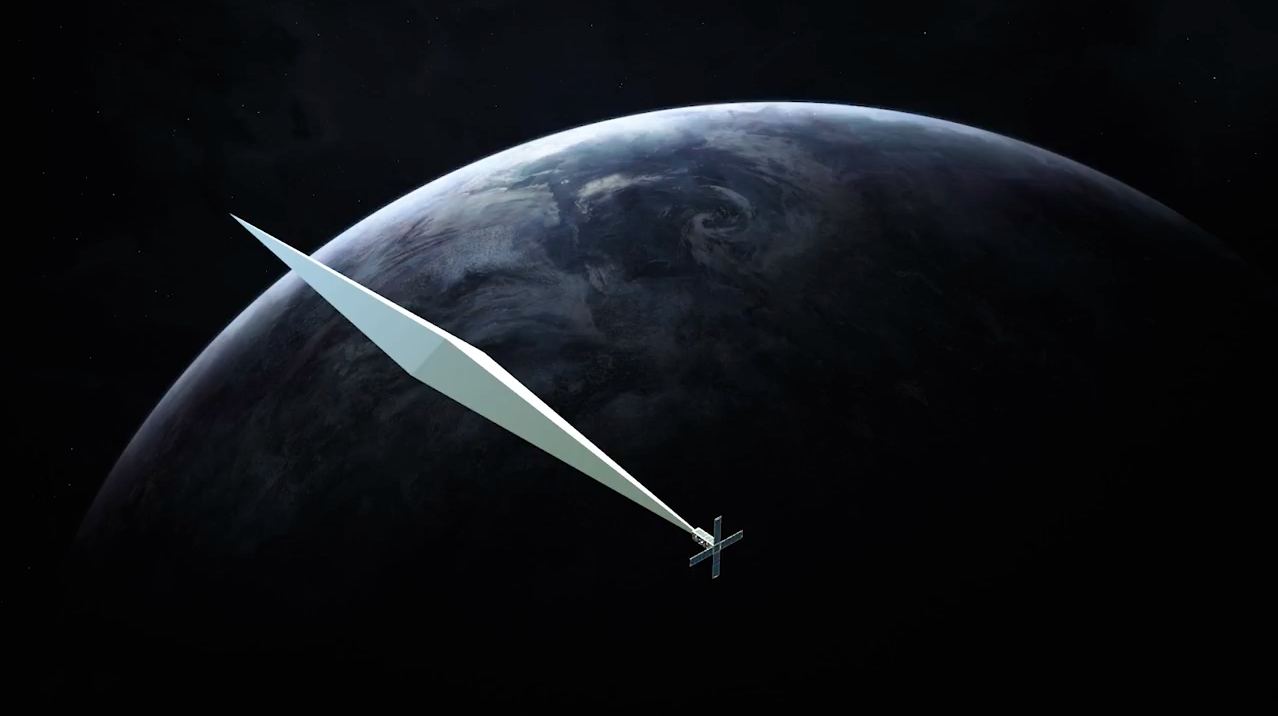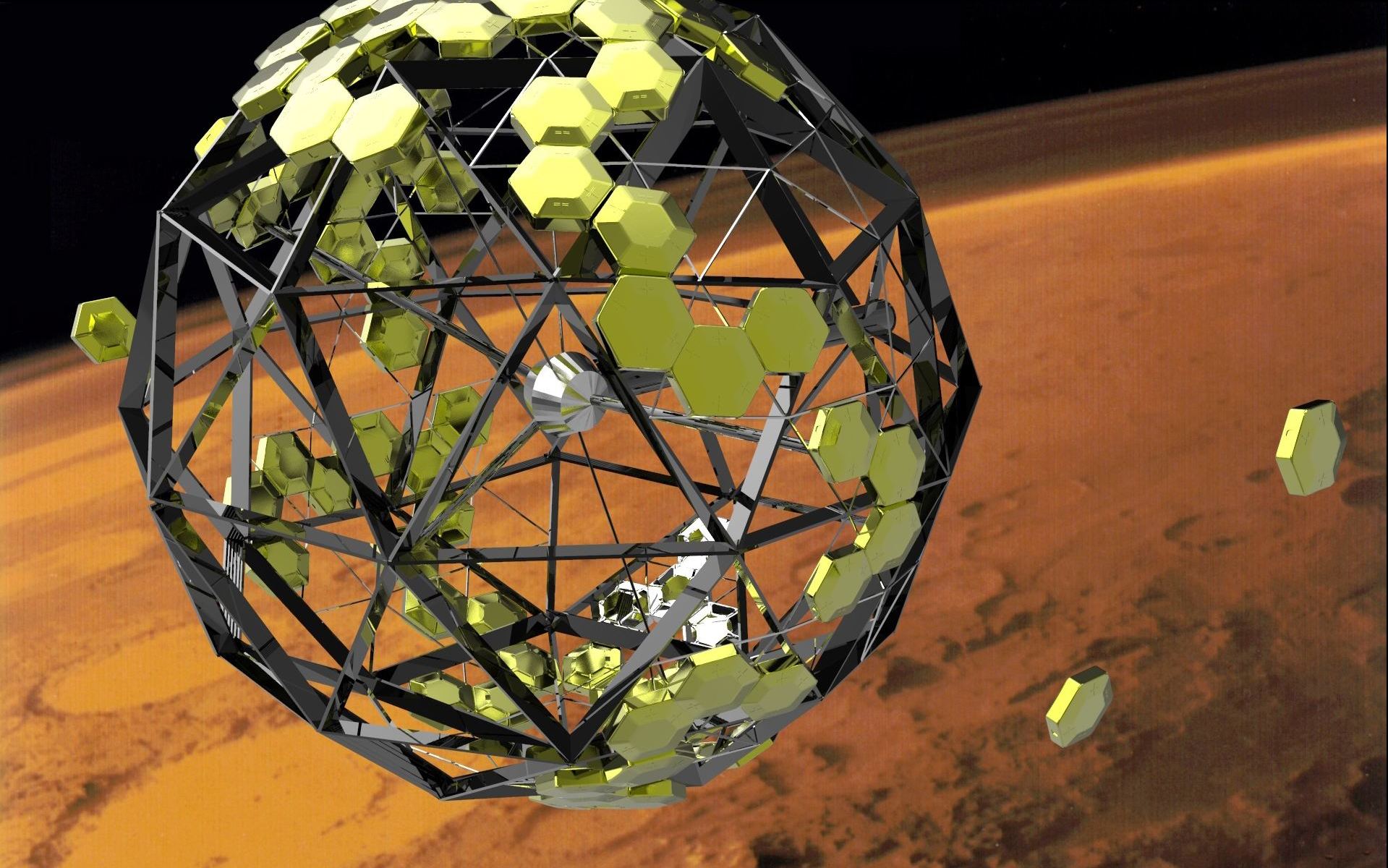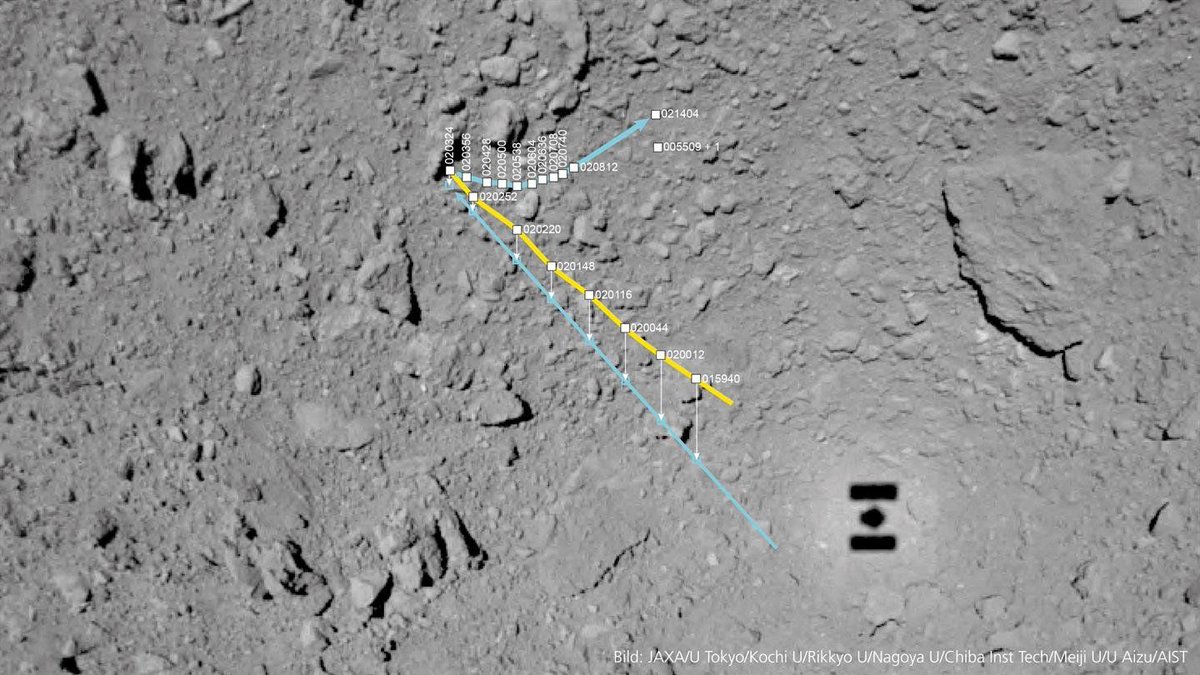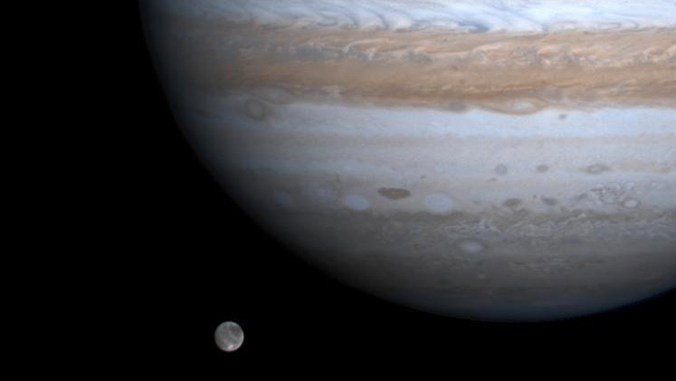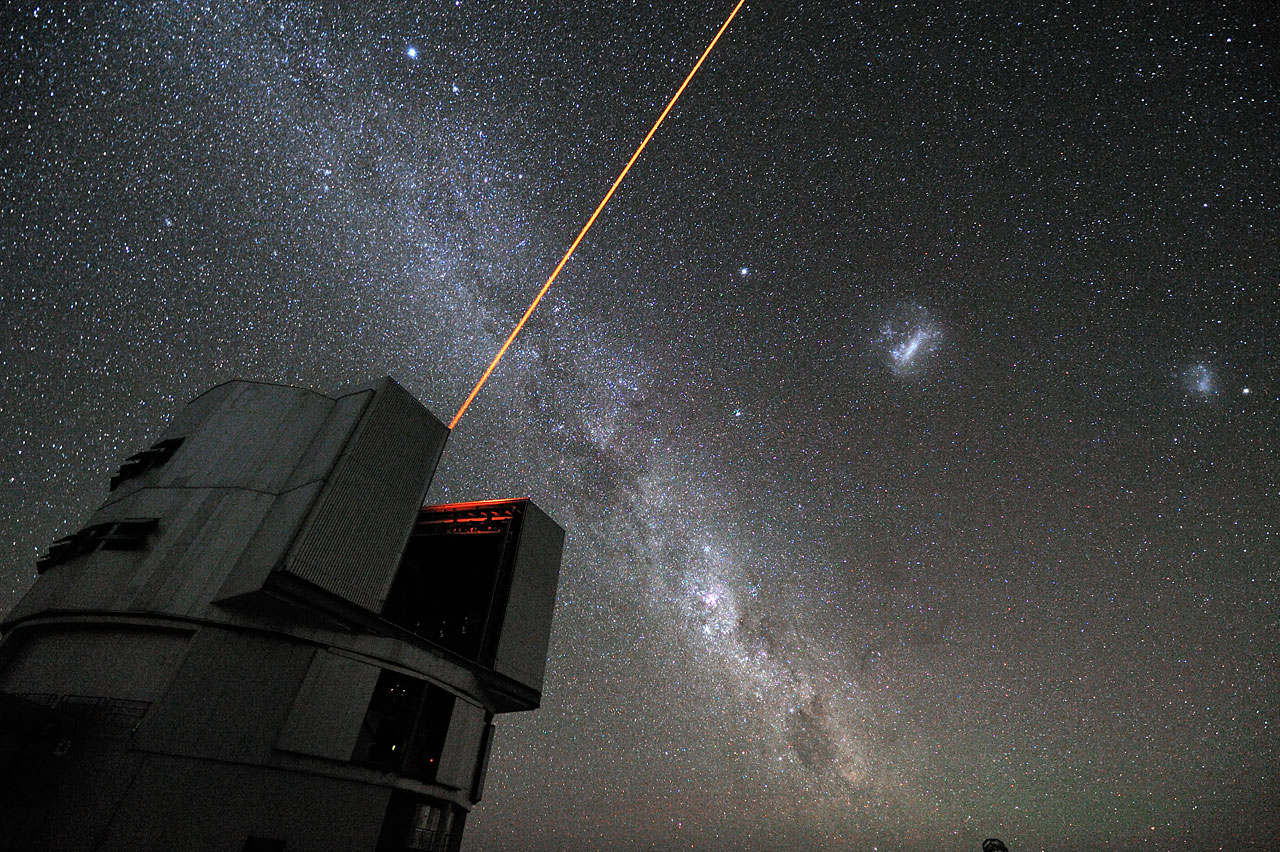Hosts:
Fraser Cain (universetoday.com / @fcain)
Dr. Paul M. Sutter (pmsutter.com / @PaulMattSutter)
Dr. Kimberly Cartier (KimberlyCartier.org / @AstroKimCartier )
Dr. Morgan Rehnberg (MorganRehnberg.com / @MorganRehnberg & ChartYourWorld.org)
Paul Geithner, Deputy Project Manager – Technical for the James Webb Space Telescope (JWST) at NASA’s Goddard Space Flight Center where he focuses on technical oversight, and the resolution and verification of technical issues. Paul last visited us on October 7, 2017, almost two years ago to the day, and tonight joins us to give us an update about JWST.
You can learn more about Paul by visiting https://jwst.nasa.gov/meet-geithner.html
Announcements:
If you would like to join the Weekly Space Hangout Crew, visit their site here and sign up. They’re a great team who can help you join our online discussions!
If you’d like to join Dr. Paul Sutter and Dr. Pamela Gay on their Cosmic Stories in the SouthWest Tour in August 2019, you can find the information at astrotours.co/southwest.
We record the Weekly Space Hangout every Wednesday at 5:00 pm Pacific / 8:00 pm Eastern. You can watch us live on Universe Today, or the Weekly Space Hangout YouTube page – Please subscribe!


